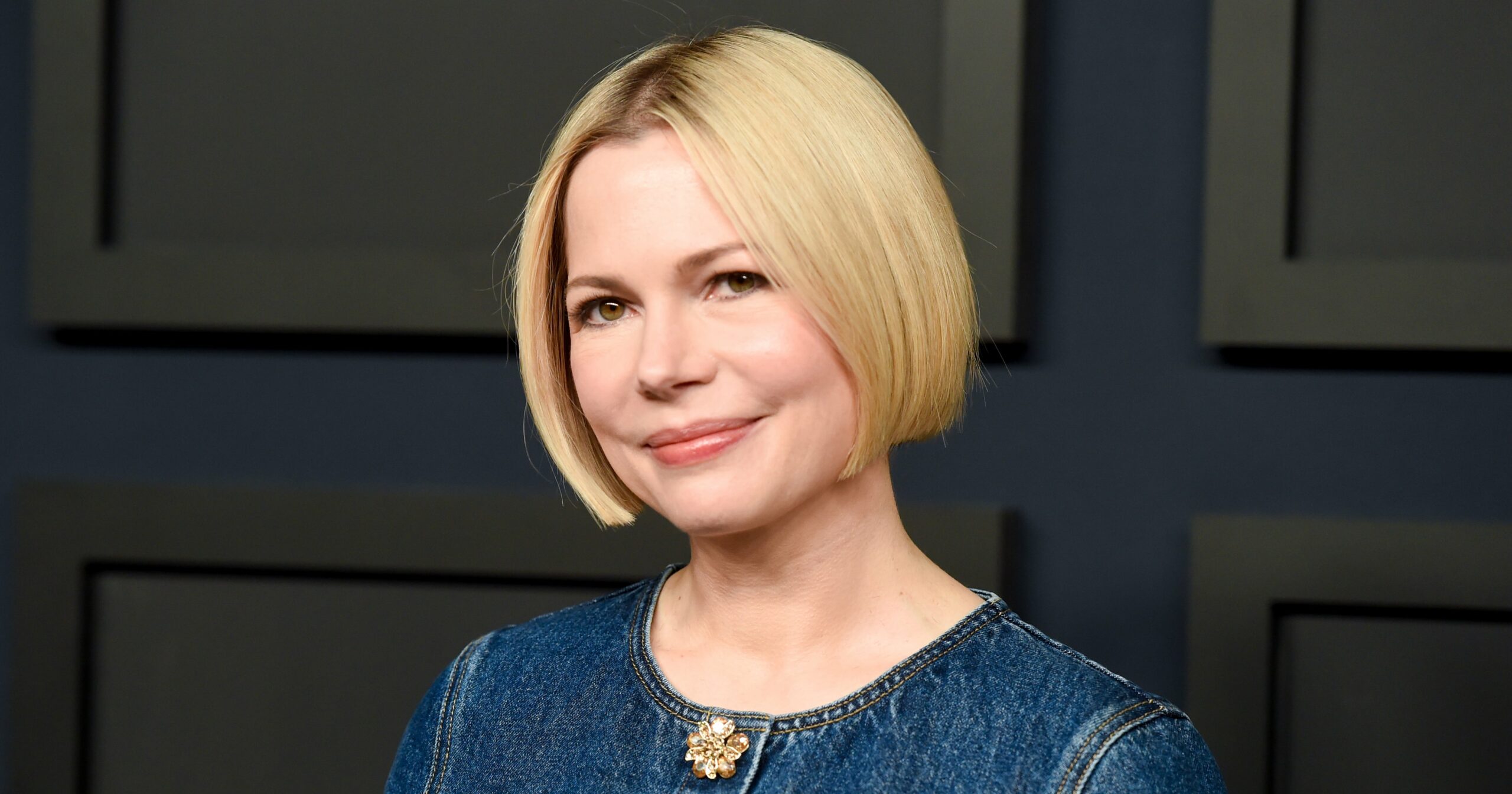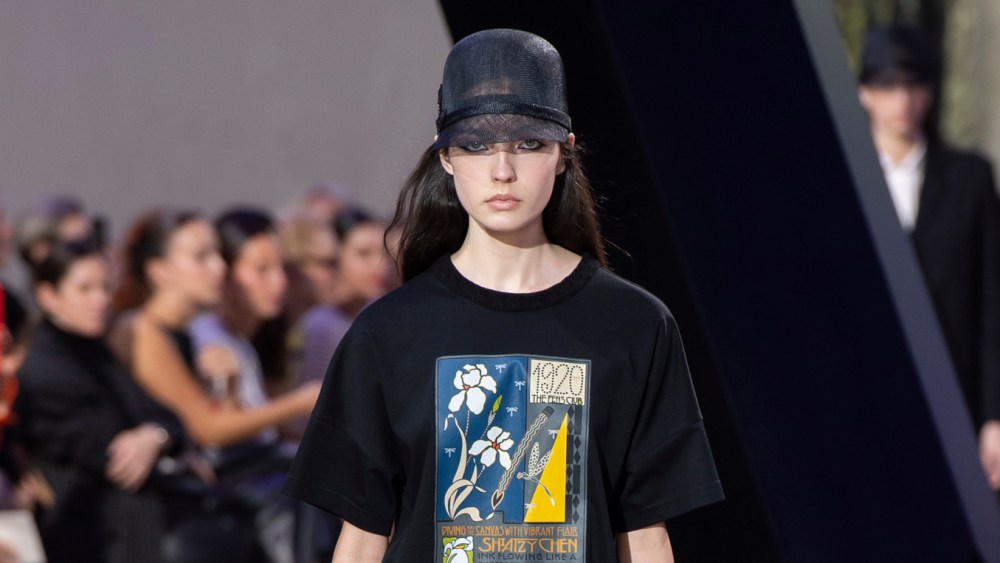On Thursday, WSL Strategic Retail hosted its annual health symposium, this year titled “Beyond Wellness: The Future of Health. What Shoppers Really Want.” Hosted in New York City, this year’s symposium marked the first in-person iteration of the event since December 2019.
Throughout the day, speakers from companies like CVS Health, Kroger Health, The Vitamin Shoppe, HerMD and Nielsen IQ discussed top wellness trends, shifting demographics and the future of the category.
Here, a look at the top nine takeaways from the day’s events.
Related Articles
- We’ve entered an era of well-washing.
The wellness category is experiencing a similar phenomenon to greenwashing. With that, consumers are smarter and expecting more.
“We’ve started to hear this sort of uncertainty [and] concern from shoppers around this country about this notion of wellness,” said Wendy Liebmann, chief executive officer of WSL Strategic Retail. “Six out of 10 told us recently they don’t think that wellness is quite clearly defined anymore… We as industries have put wellness on so many things that they’re now saying, ‘What does this mean?’”
This sentiment drove WSL’s event in defining key areas of wellness that consumers actually want.
- From menopause to sexual wellness, women’s health should be top of mind.
“Open conversations around female sexuality and addressing issues like low libido and overall sexual wellness will continue to increase,” said Shelby Newell, senior brand manager at E.l.f. Beauty and cosmetic and fragrance, marketing and management master’s degree program student at FIT, identifying key trends like postpartum care and sexual wellness.
Menopause and sexual health in particular will continue to be areas of growth.
“Less than 30 percent of our current OB-GYNs are trained in menopause,” said Dr. Somi Javaid, founder and chief medical officer of HerMD, which provides gynecological, menopausal and sexual health care. “Less than 20 percent are trained in sexual health beyond the topics of fertility, contraception and treating STIs.”
She added: “Women are so hungry for this information, and they want accurate information.”
HerMD cofounder and chief operating officer Komel Caruso added that education, trust, access and community are the keys to approaching this category and customer.
- The future of health and wellness relies on technology.
Whether it’s a cold plunge at a local gym or a hyperbaric chamber at a longevity studio, innovative healing modalities are on the rise. With this, customers are more interested in the category and are seeking accessible versions.
“We’re seeing a major shift towards democratized care,” said Shivani Banerji, director, Redken Marketing at L’Oréal USA and cosmetic and fragrance, marketing and management master’s degree program student at FIT. “Consumers are intrigued by new innovations across industries. They’re also laser focused on accessible ways to attain them.”
In addition, artificial intelligence will also play an important role in drug discovery, personalized medicine and predicting health outcomes going forward.
“We are facing a tectonic shift. We are on the brink of another revolution where digital technology is becoming the new determinant of health,” said Alissa Hsu Lynch, entrepreneur in residence at DigitalDX Ventures.
- Community and engagement are at the core of wellness.
“People are hungry for more than just food,” said Andrea Brookhart, director of population health and wellness at Kroger Health. “They’re hungry for connection, for a smile, for a greeting when they walk through the door and for wellness products and services and health care, sure, but they’re also hungry for a reassuring smile.”
This is critical for Gen Z consumers, who are increasingly value-driven.
“Belonging, community and self-esteem played a huge role and have emerged as key values for Gen Z as they prioritize what products from manufacturers and retailers they want to pursue,” said Jacqueline Flam, senior vice president of beauty, drug and OTC retail at Nielsen IQ.
With this focus on community, there has also been an increased demand for engaging, wellness-centric experiences in retail.
“Healthier retail environments has become a significant trend,” said Cynthia Ortiz, international president at the Retail Design Institute and business development manager at MBH Architect, pointing to in-store activations like yoga and meditation classes and nutrition workshops. “These experiences enhance customer engagement and promote healthy living.”
- Demographics are shifting.
According to WSL Strategic Retail, there are four growing and changing consumer segments to watch, including the 65-plus market, single-person households, multigenerational households and Hispanic consumers.
Concurrently, Nielsen IQ has coined Gen Z as Spend Z.
“At almost 25 percent of the population today, Gen Z is a global force projected to be the largest generation ever,” said Flam of Nielsen IQ. “They’re living at home longer… [and are] very strong influencers of household purchasing behavior at a disproportionate rate.”
With this in mind, Flam said: “You should definitely be looking at attributes from wellness that are resonating outside of your specific product category to help inform new product innovation or reformulations in your category to quickly outpace your competition.”
- The 50-plus consumer is here and they want more.
“We believe in ambitious aging,” said Michael Clinton, founder and chief executive officer of Roar Forward, an insights and content platform focused on the shifting demographic of 50-plus consumers.
Clinton emphasized that brands and companies need to champion this consumer by using contemporary images and messaging and avoiding stereotypes.
“They’re on a sort of proverbial warpath in terms of where they’re going to spend their money and how they’re going to spend their money if they don’t see themselves represented in ways that are authentic and real and contemporary,” he said.
“We’re not a monolith. We’re not this group of older people to be forgotten,” added Reema Jweied Guegel, enterprise strategic relationships director at AARP.
- We’re in a mental health pandemic.
According to WSL Strategic Retail’s recent studies, 43 percent of respondents identify stress as a top obstacle to staying healthy. With this, brands that are built around well-being, whether it be through product or philanthropic mission, are the future.
“If anxiety and depression and a lack of mental well-being were an airborne contagion… the number of people that are really suffering would be [at] pandemic kind of levels,” said Craig Dubitsky, founder and CEO of Happy Coffee, emphasizing the importance of prioritizing people’s well-being when developing a brand or product. “Mental health, to say it’s important, is an understatement… This impacts everybody.”
- Healthspan over lifespan.
With aging populations and the ever-growing emphasis on wellness, healthspan is the key. It’s not just about living longer but living healthier for longer.
“The population is aging, and as they’re aging they’re saying, ‘I don’t just want to be here and prevent sickness. I want to live well,’” said Erin Condon, chief marketing officer, pharmacy and consumer wellness at CVS Health. “The definition of health is now living well.”
Muriel Gonzalez, The Vitamin Shoppe president, added: “The number-one trend that we see…is longevity supplements. Everybody wants to live not only a longer life but a healthy life, so the term healthspan has almost replaced longevity.”
- Ozempic represents a cultural shift and a significant business opportunity.
“There is a cultural change in the conversations happening around obesity. When you have folks like WeightWatchers who are saying, ‘We got it wrong. It’s not about willpower,’ we’re really seeing this transition,” said Sherry Frey, vice president of total wellness at Nielsen IQ.
While Ozempic is shifting the conversation around weight loss, it is also posing new business opportunities across wellness categories, most notably in supplements.
“Ozempic is probably the biggest trend in the world right now, and it’s growing exponentially,” Gonzalez said, adding that products that are complementary to GLP-1s have become an area of focus — think probiotics for digestive issues or protein powders to address muscle loss.
Frey added: “There will continue to be opportunities [in the] short term and long term because of the nutritional challenges.”



